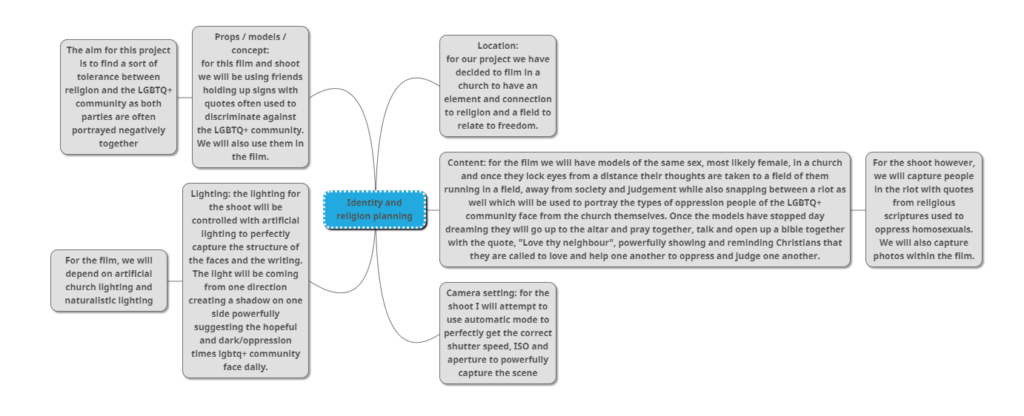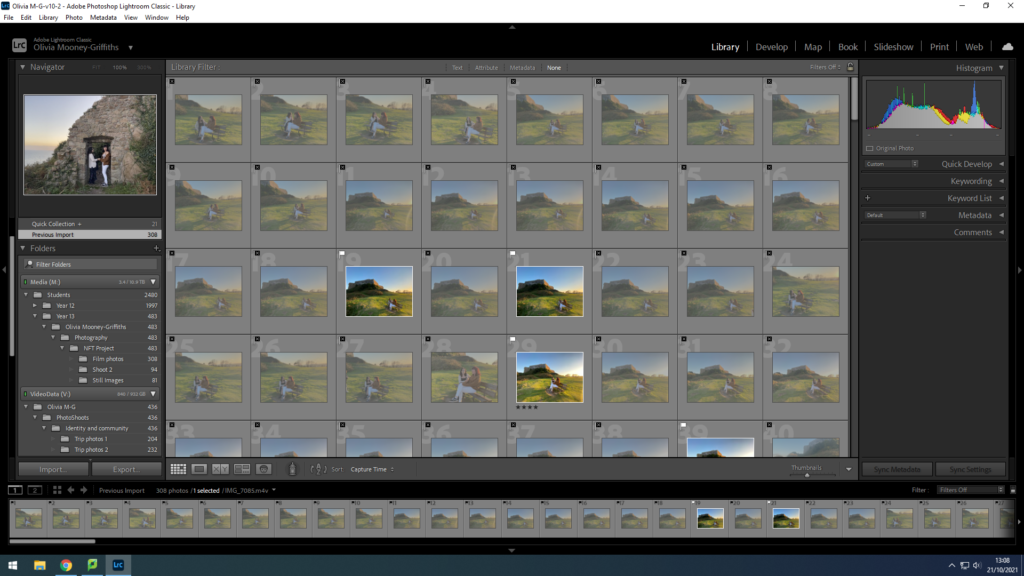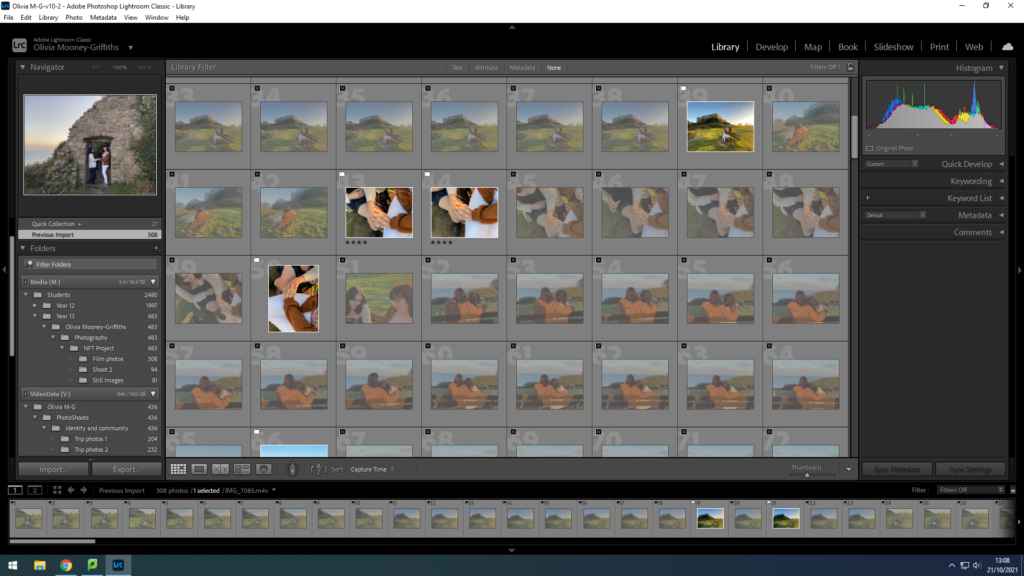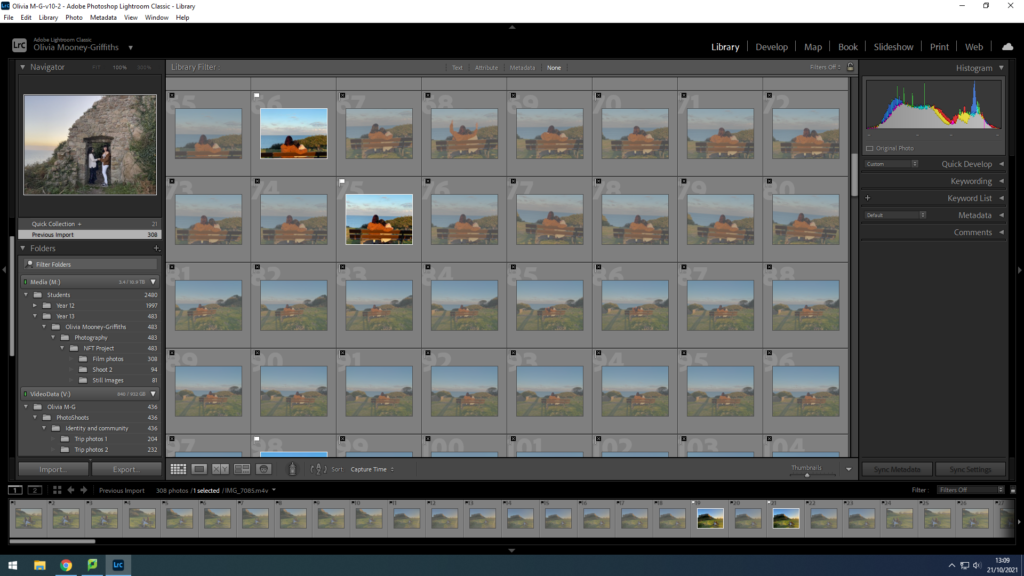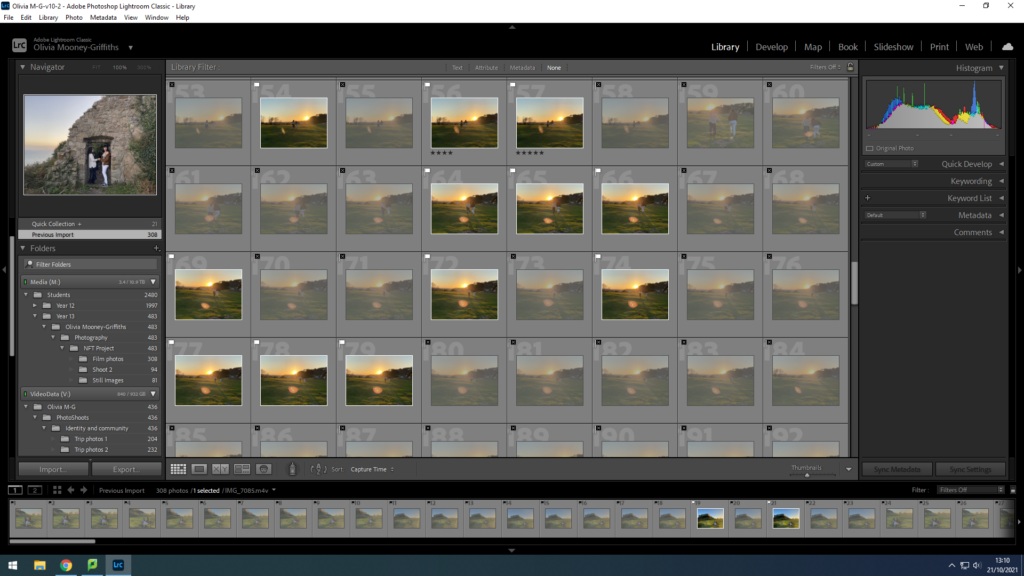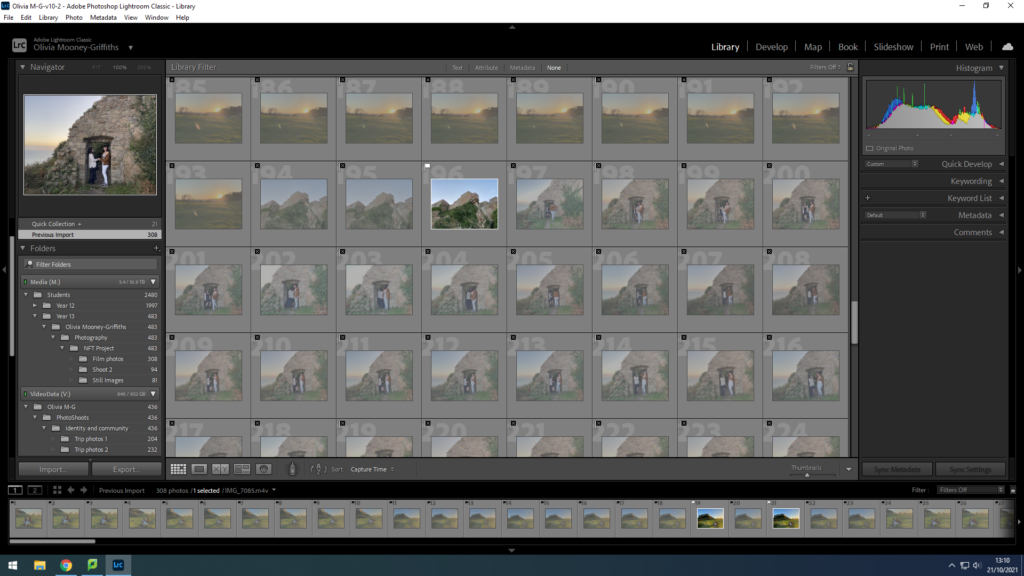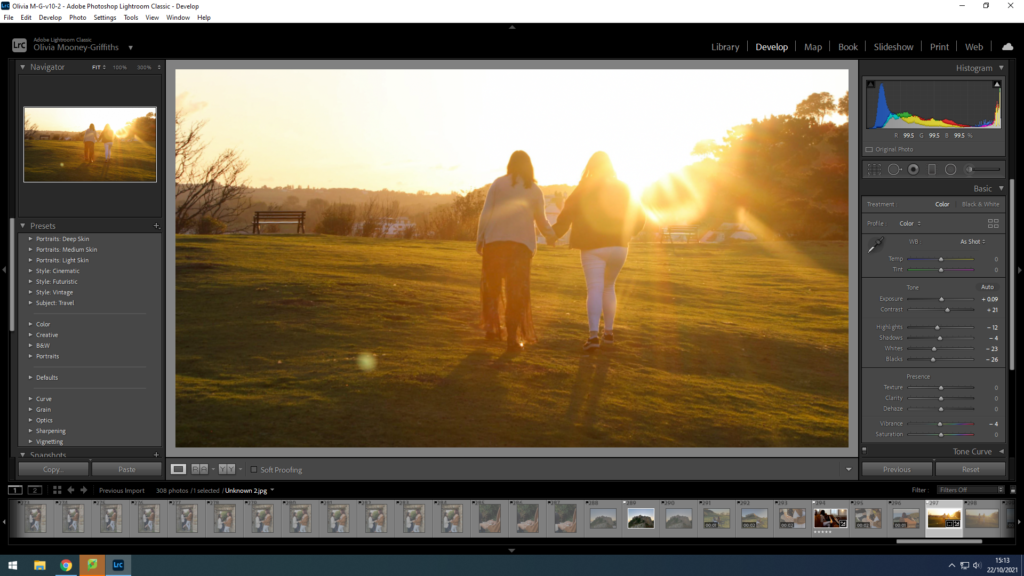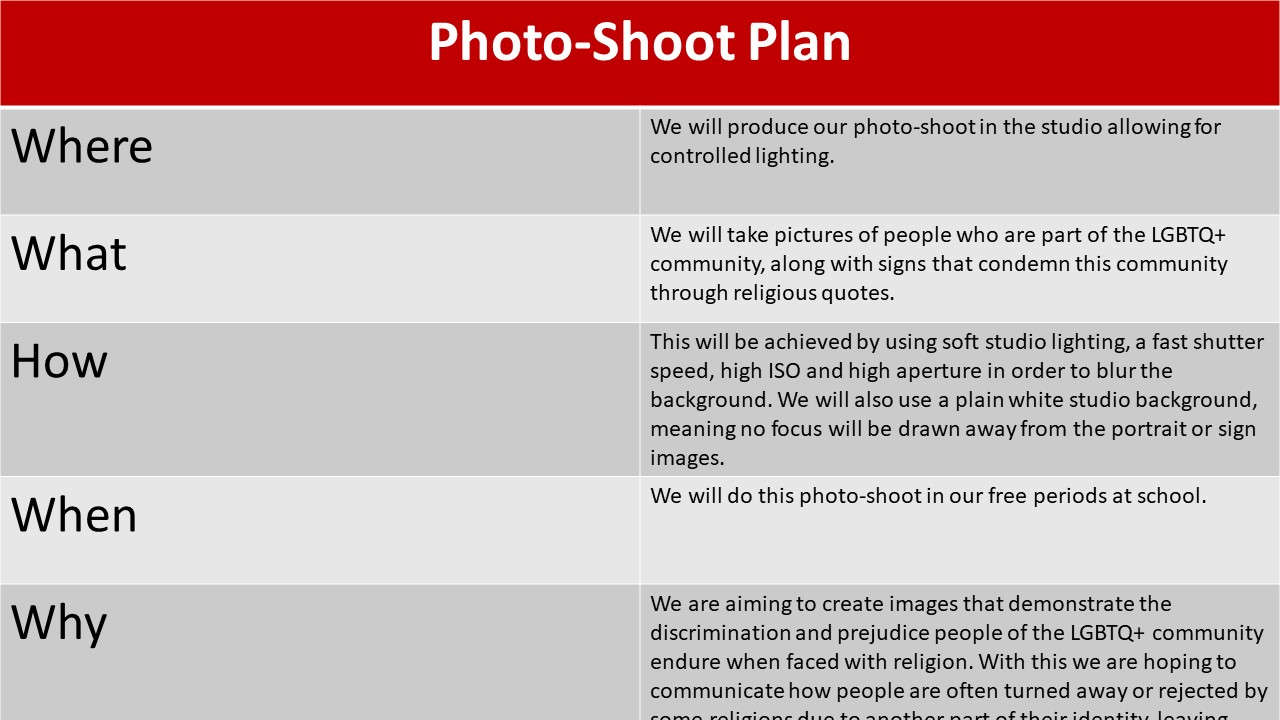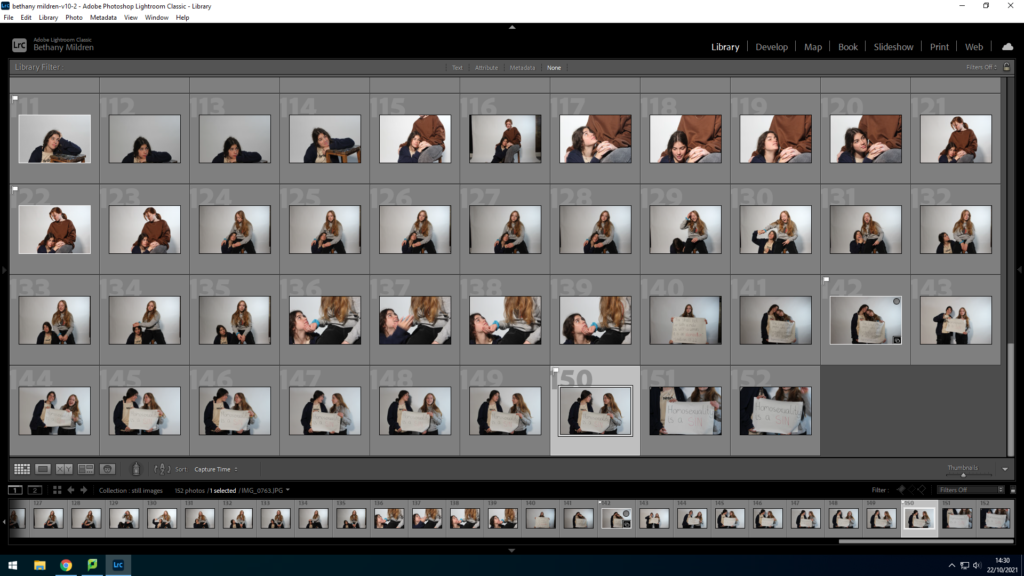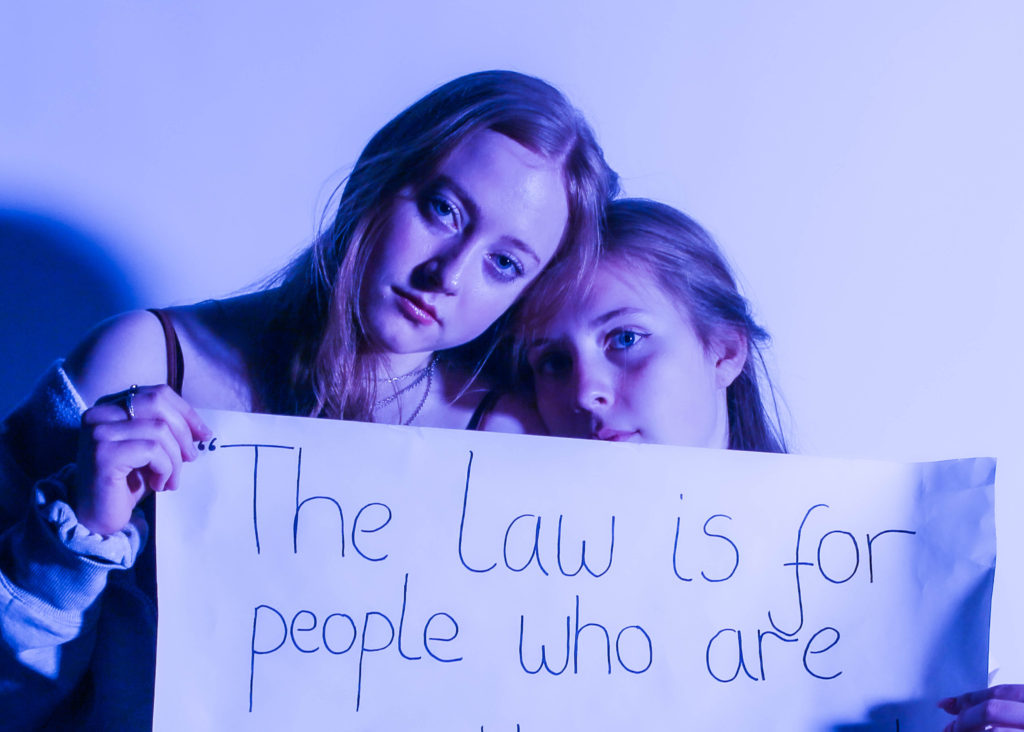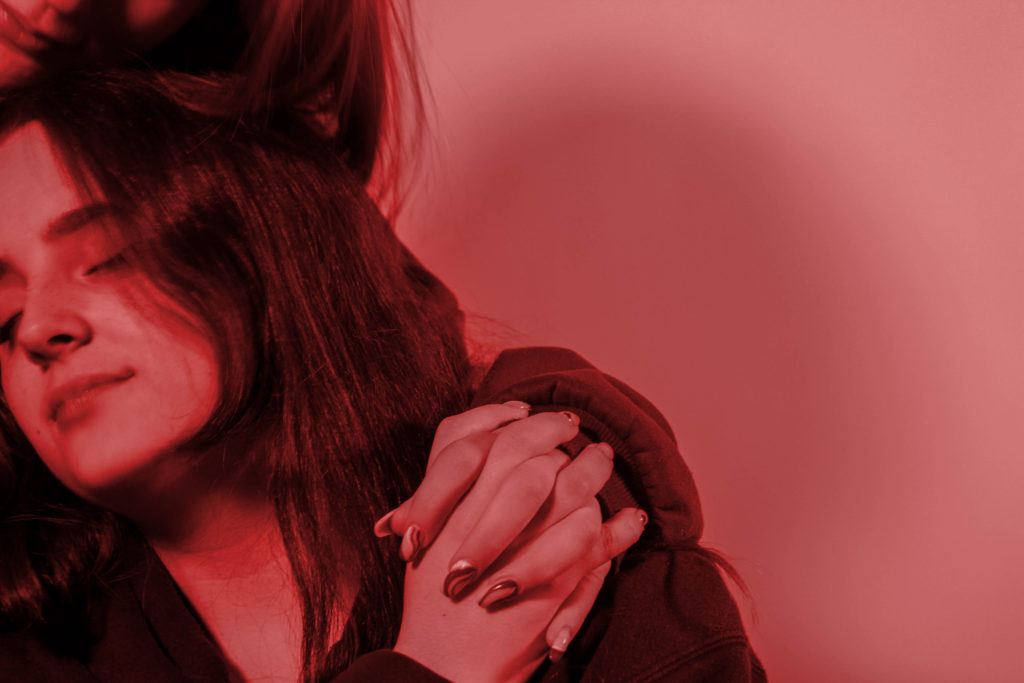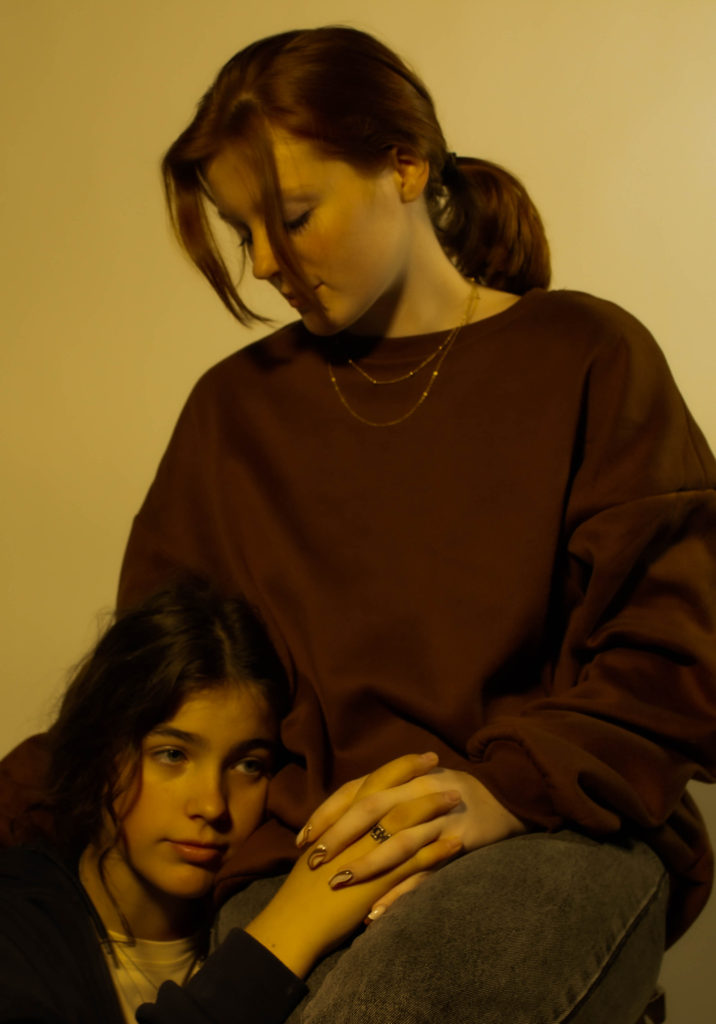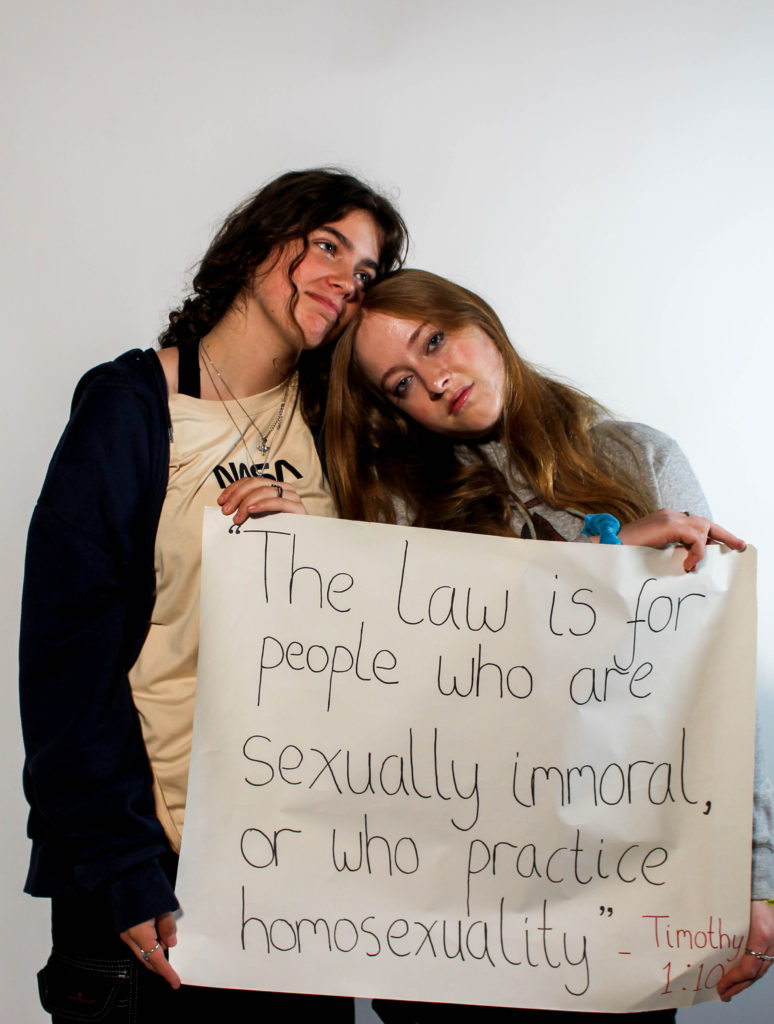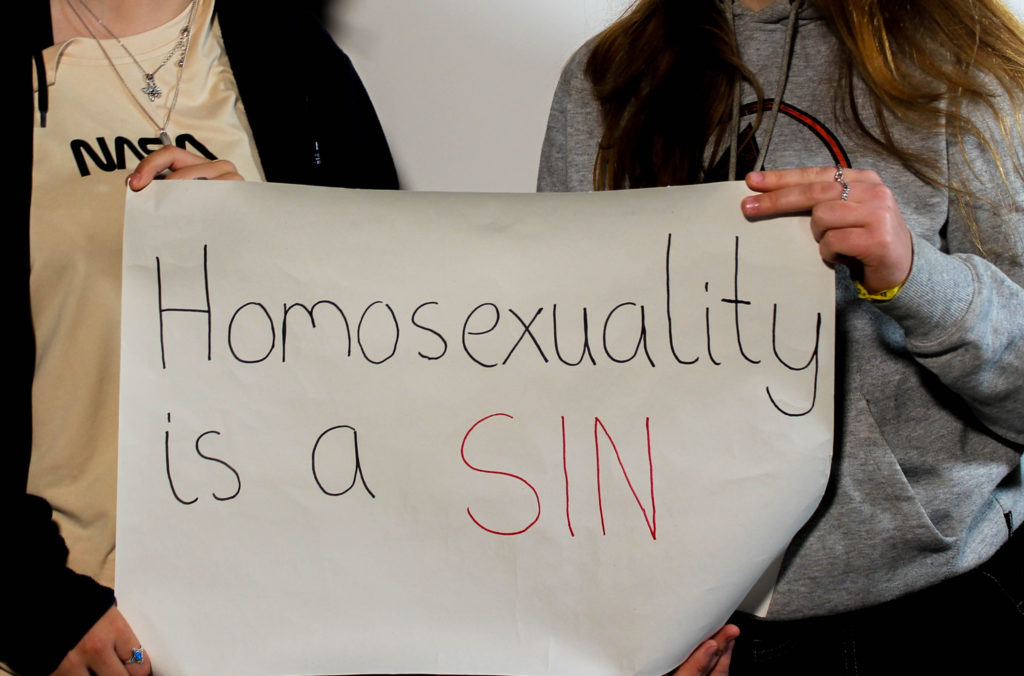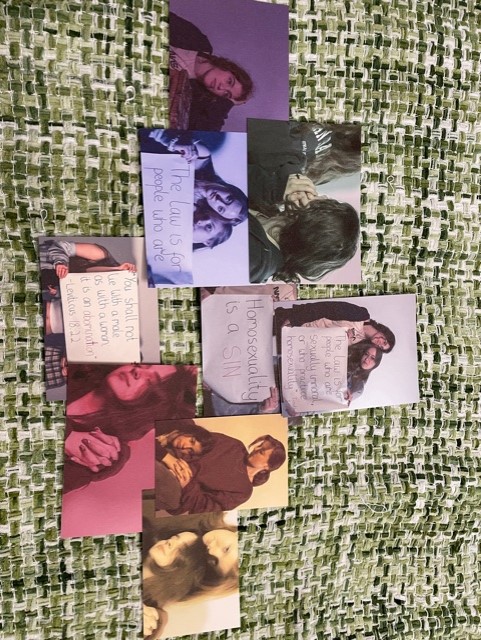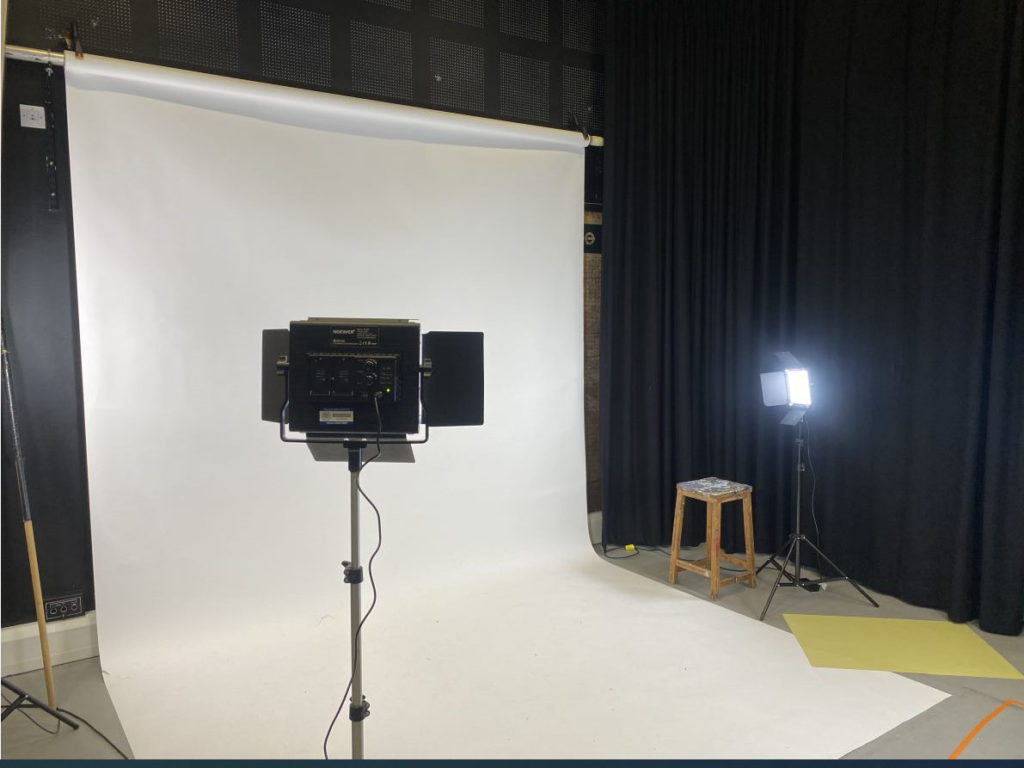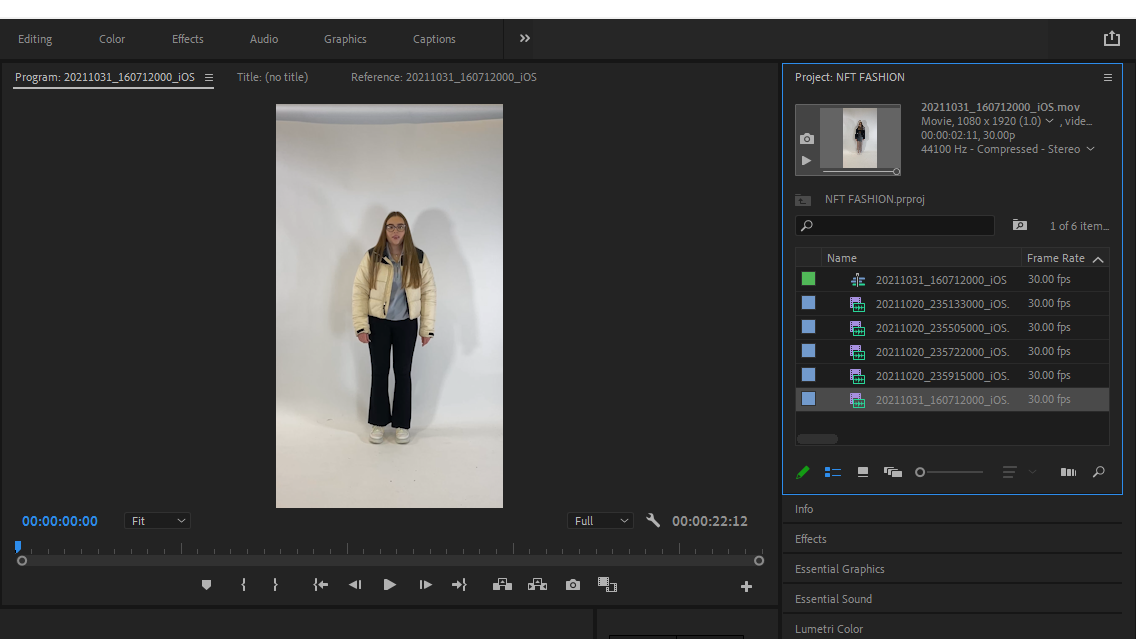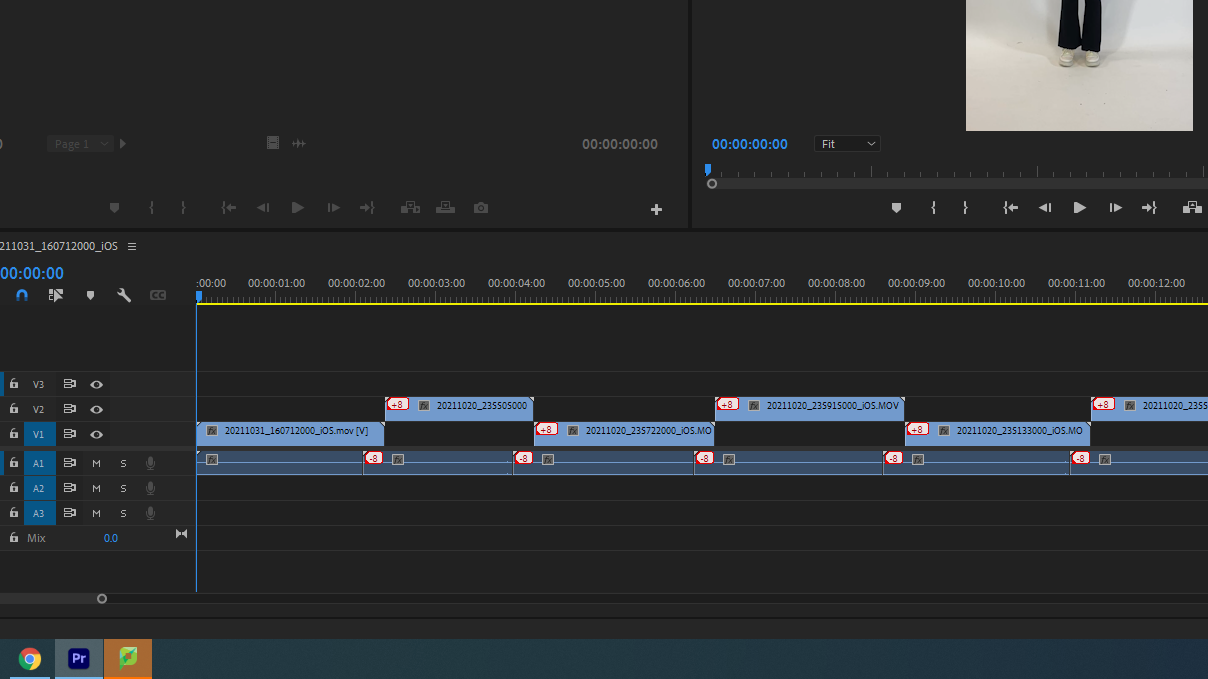For this NFT project, we started by researching what exactly an NFT is (non-fungible token) and then continued our research by looking at examples of NFT’s and really trying to understand what they are. We then discussed as a group what the question, ‘What will the future of Jersey look like as a community in the Metaverse?’ means and how we will go about creating a 30-second animated video to link to the question. We started by creating mind maps of what a community is and what it means to be a community. We then created mind maps and mood boards on our chosen theme; which we decided to create a film based on fashion. After we made the mood boards we created a statement of intent to decide exactly what we were going to do and how we were going to do it. Within the group, we decided on multiple different ideas which varied from using a projector to project different sorts of patterns onto a model wearing plain and simple clothing to the model wearing clothes that replicate fashion trends over the years. Additionally, we also spoke about how we may be able to use Photoshop or similar software to edit peoples original clothing, which may show that the digital world of fashion can be easily manipulated. Our last idea was to print out original photos which we have taken of our models and either collage or embroider over them to create different designs. We decided that we were going to have our model wearing clothes that best replicate fashion trends over the years. We then did a contextual study on NFT artists that link to our theme of fashion and researched NFT artist Toby Evans who focuses on digital fashion. After that, we did a contextual study on the Bayeux Tapestry as it also links to the embroidery project we are also doing with Yulia, where we each made an individual embroidered piece that links to Jersey. After discussing more as a group how we were going to create the film we created a storyboard. We decided we’re going to start off with a wide shot and then zoom in to a person wearing a 70’s inspired outfit (flares and a crop top), after that there would be an outfit change. Next, there will be another outfit change into an 80’s inspired outfit (mom jeans and a bomber jacket), then there will be a change into a 90’s inspired outfit (black dress). The clips will be shot with the model facing the camera and the clips will cut between outfits as the model walks forward towards the camera. The model will then change into a 2000’s inspired outfit (tracksuit) followed by an outfit inspired by current fashion (baggy jeans and a top). After deciding exactly how we were going to film it we brought in different pieces of clothing that we had at home to try to recreate old fashion trends. Making the outfits look as though they were from the ’70s, ’80s and ’90s was one of the biggest challenges we faced as we only had our own clothes to use. We decided on which clothes best fit each year and then booked out a space in the studio so we could start filming. We started by preparing the studio for filming by setting up all the lights and getting our model in the first outfit. We decided to film on our phones so that the videos would be portrait. We had our model walk towards the camera in the first outfit as we recorded her and then repeated this in all the other outfits. We then chose our favourite clips and started by importing all the videos onto Adobe premier. We then cut each clip at specific times to make it look as though she was walking towards the camera while her outfits changed. We then decided which music to use as a group and uploaded it to the video. After the video was filmed we made a digital image from the video. We decided to edit the images we took on the day of filming in photoshop to make them more interesting. To edit the images I duplicated the image and then used the FX tool on the duplicated layer to turn off the green and blue channels on the layer. I then moved the bottom layer slightly to the left to create a 3D effect. As well as the edited photoshop image we also created a Gif. We used all of our images and copied one image after another to make it look like stop motion and create an illusion that the image is moving. We copied each image over another and created a new animation layer in order to play them one after another and create a frame. This turned out well as it achieved our aim of showing the different changes in fashion through decades by creating a gif and making it look like its one big moving image. Once all of the layers were there we included all the images we wanted to use and created a timeline to create the final gif. We also did an embroidery workshop that links to the question about the community in Jersey. For the workshop, we took all of the individual pieces of embroidery we have done as a group and placed them together on a big piece of fabric. We sat around the table as a group and decided whether or not we liked the positioning of the individual pieces on the larger piece of fabric. As there weren’t enough individual pieces to fill up the fabric we had to overlap some and leave some spaces in the fabric. Once we decided that we liked the placement we all chose thread colours that we like and started stitching the pieces onto the fabric.
our final video; https://web.microsoftstream.com/video/744704d6-9530-45ed-90ef-886d0c5627f8
our final image;


